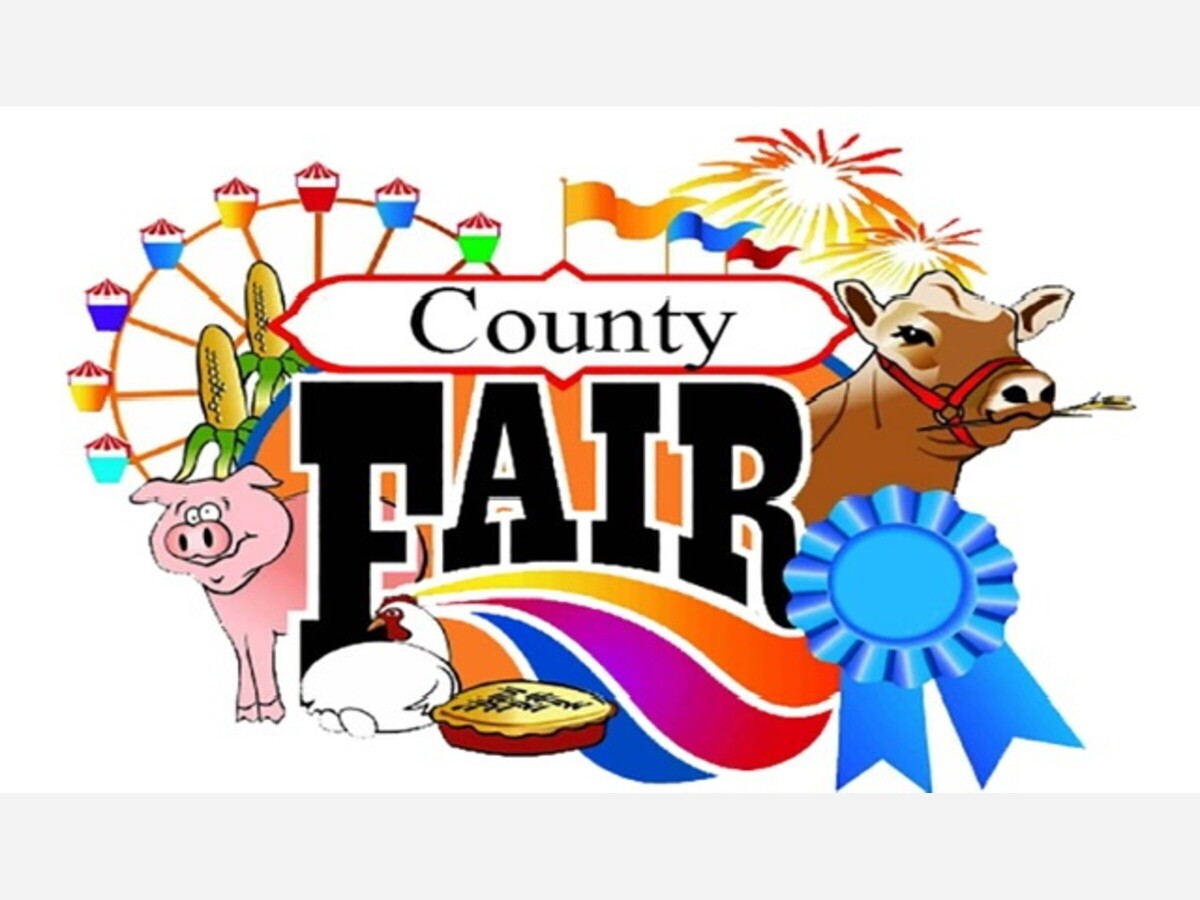Image

The history of county fairs is a fascinating topic that reflects the evolution of agriculture, commerce, and entertainment in America. County fairs are local events that showcase the products, skills, and talents of rural communities. They typically feature livestock shows, crop exhibits, competitions, carnival rides, games, food, and entertainment.
The first county fair in the United States was held in Pittsfield, Massachusetts in 1807. It was organized by Elkanah Watson, a sheep farmer who wanted to promote better farming practices and encourage innovation. He invited other farmers to bring their sheep to his farm and demonstrate their shearing techniques. He also awarded prizes for the best wool and the best sheep. The event was a success and attracted thousands of spectators.
Watson's idea soon spread to other counties and states, and by the mid-1800s, county fairs were common across the eastern and midwestern regions. They became more diverse and elaborate, adding contests and activities for the whole family. Some of the popular attractions included horse races, baking contests, quilting bees, flower shows, art exhibits, and musical performances. County fairs also became a place for merchants to sell their goods and for people to socialize and have fun.
The origin of county fairs can be traced back to ancient times, when fairs were religious gatherings or trading events. The word "fair" comes from the Latin word "feria", meaning holy day. In medieval Europe, fairs were held on feast days or holy days, when people would come together for worship and commerce. Fairs were also a source of revenue for the church, which sponsored and regulated them.
County fairs have changed over time to reflect the changes in society and technology. They have adapted to new trends, challenges, and opportunities. They have also faced competition from other forms of entertainment and media. However, county fairs have remained a popular and enduring tradition that celebrates the rural heritage and culture of America.
Some traditions of county fairs are:
- Livestock shows, where farmers and youth exhibitors present their animals for judging and prizes. Livestock shows can include cattle, sheep, pigs, horses, poultry, rabbits, and more. Livestock shows are one of the oldest and most popular attractions of county fairs.
- Crop exhibits, where farmers and gardeners display their fruits, vegetables, grains, flowers, and other plants for judging and prizes. Crop exhibits can showcase the variety and quality of local produce and agriculture.
- Competitions, where people can enter various contests and challenges to show off their skills and talents. Competitions can include baking, quilting, photography, art, crafts, woodworking, and more. Competitions can also involve physical activities, such as tractor pulls, demolition derbies, rodeos, races, and games.
- Carnival rides, games, and food, where people can have fun and enjoy themselves. Carnival rides can include Ferris wheels, roller coasters, merry-go-rounds, bumper cars, and more. Games can include ring tosses, dart throws, balloon pops, and more. Food can include corn dogs, cotton candy, funnel cakes, deep-fried treats, and more.
- Entertainment, where people can watch or listen to various performers and acts. Entertainment can include music concerts, comedy shows, magic shows, circus acts, animal acts, and more. Entertainment can also feature local or regional celebrities or personalities.
These are some of the traditions of county fairs that have been around for more than two centuries in North America. County fairs are a great way to celebrate the rural heritage and culture of a community.
Source: Conversation with Bing, 8/5/2023